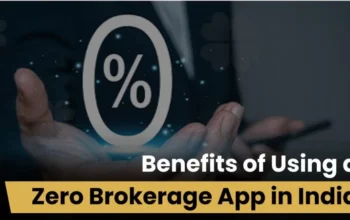The proliferation of online commerce, a financing modality that barely had a place a little over a decade ago, has developed and grown; we refer to cash advances.
It is a financing modality based on the income received by POS or any other online payment method such as Paypal or Google Pay. Depending on the sales volume through these channels, the company can get more or less financing, although it will also depend on other factors, such as the average ticket and the recurrence of sales.
The important thing is that it will only depend a little on the financial statements or the company’s age, which allows access to this type of financing to companies that have just started their activity and already have their first sales. This modality can be found in two kinds of entities, which operate differently.
Traditional financial entities: Not all commodities have this option, but the main or most relevant ones do. Thanks to this formula, they can grant financing to younger companies that cannot be financed with other products. They impose a condition to have the POS in the entity itself know the movements and base the financing on them.
Fintech: Thanks to new technologies, Fintech companies have revolutionized many operating methods, and cash advance is one of them. Fintechs use technology to connect all the company’s electronic payment methods on a single platform controlled by Fintech, which uses it, firstly, to meet loan instalments, and, secondly, to return the difference to the account company bank. Being in control of collections reduces the risk of non-payment. It allows the company to access a flexible form of financing with completely different admission criteria than other forms of funding.
How the cash advance works
As we said, the financing is based on the behaviour of the collections received by card or online payments. Generally, between 3 and 6 months of operation are taken into account. With it, you define:
- The maximum amount of financing or loan that can be granted. Usually, it will be a % of the annualized billing.
- The financial cost of the operation will typically be a fixed commission for the loan.
- The percentage of daily sales that will go toward the loan. Instead of establishing a schedule to repay the loan’s principal, a percentage of daily sales by card or online payments is used, generally between 1% and 20%. As we do not have an established repayment term, we will know the actual financial cost (annual IRR) at the end of the loan.
In summary, it is a perfect form of financing for young companies that still need a financial history and have closed the main financing channels. However, the level of financial resources that they can obtain through this channel is limited to their capacity to generate charges via card or online payments.




